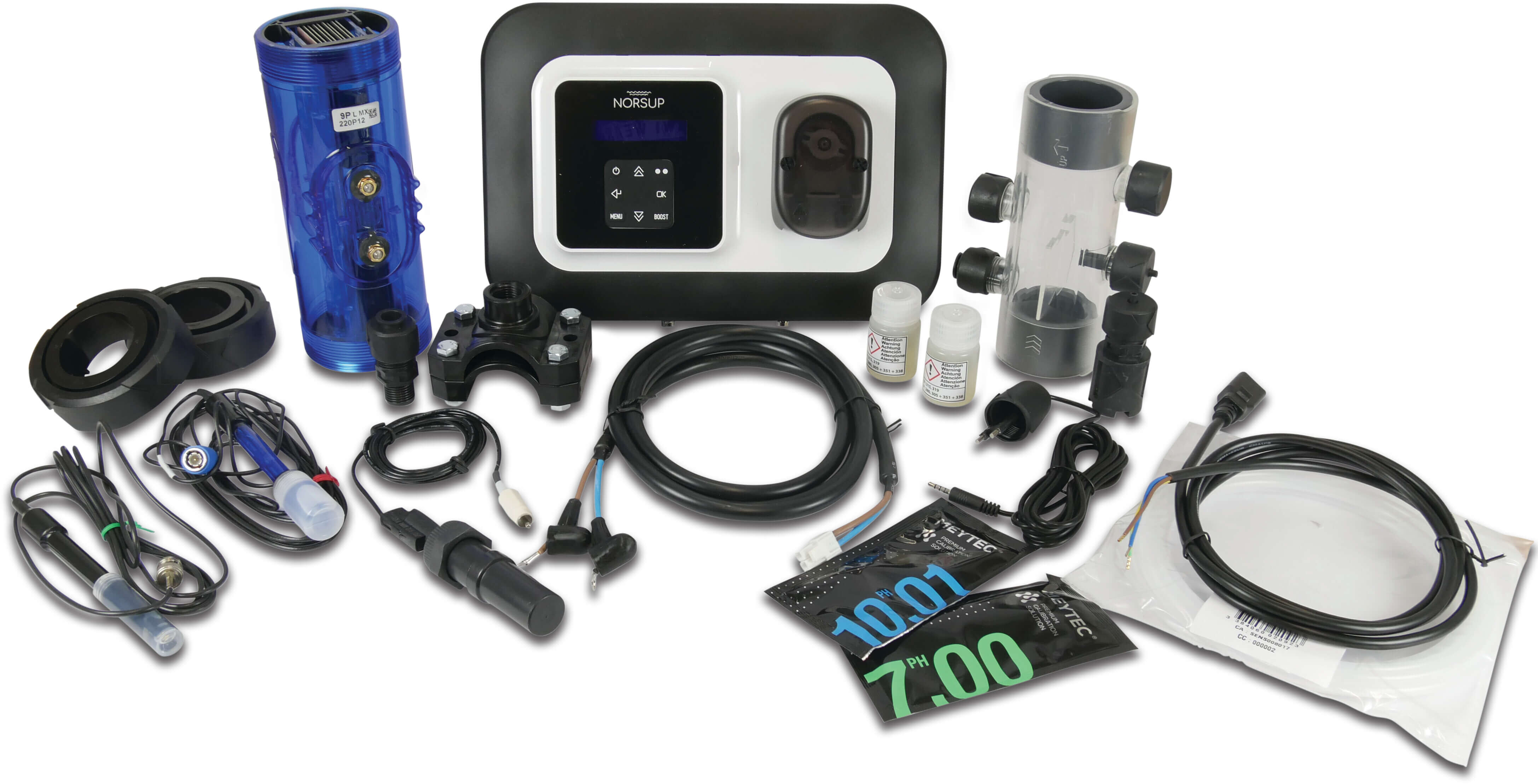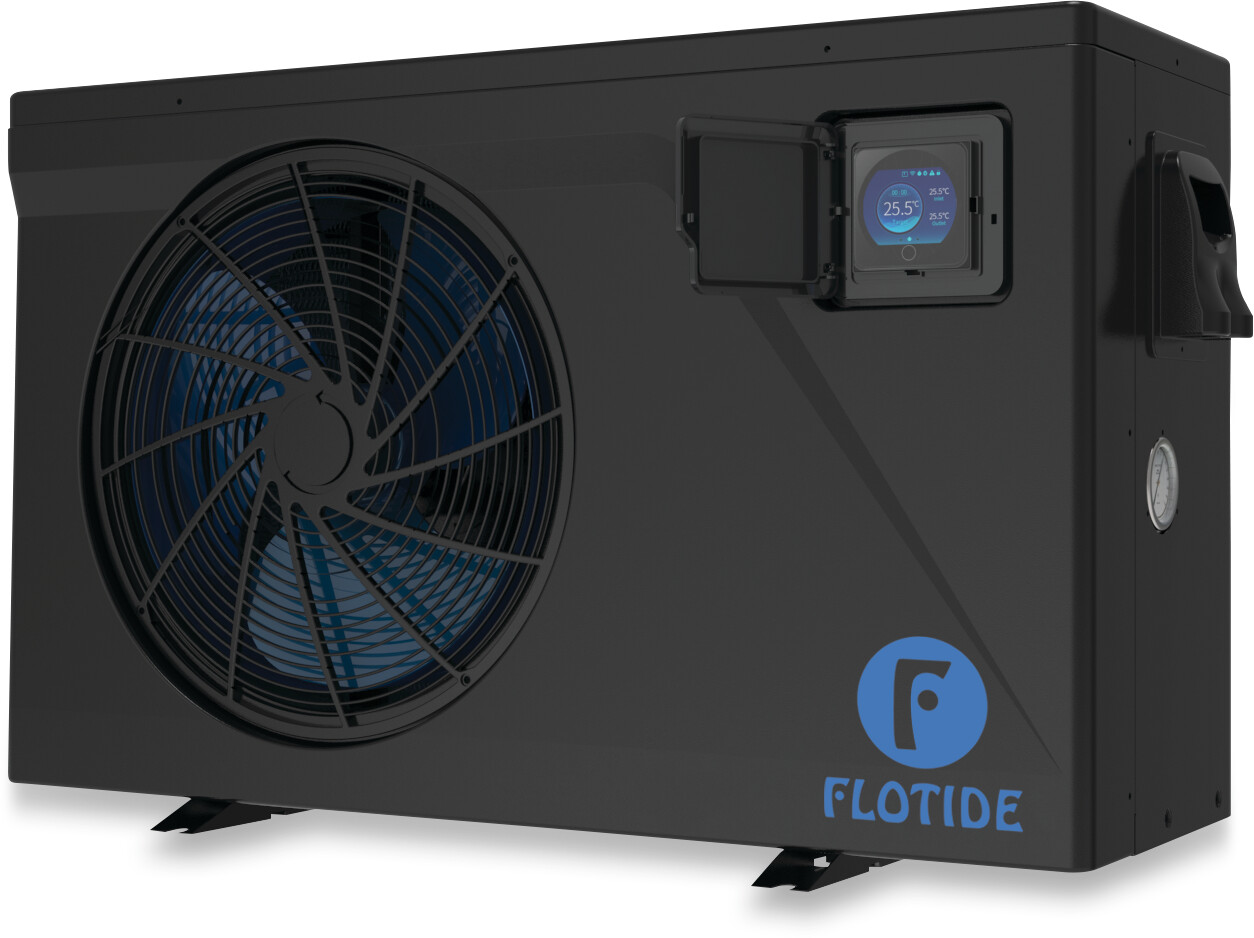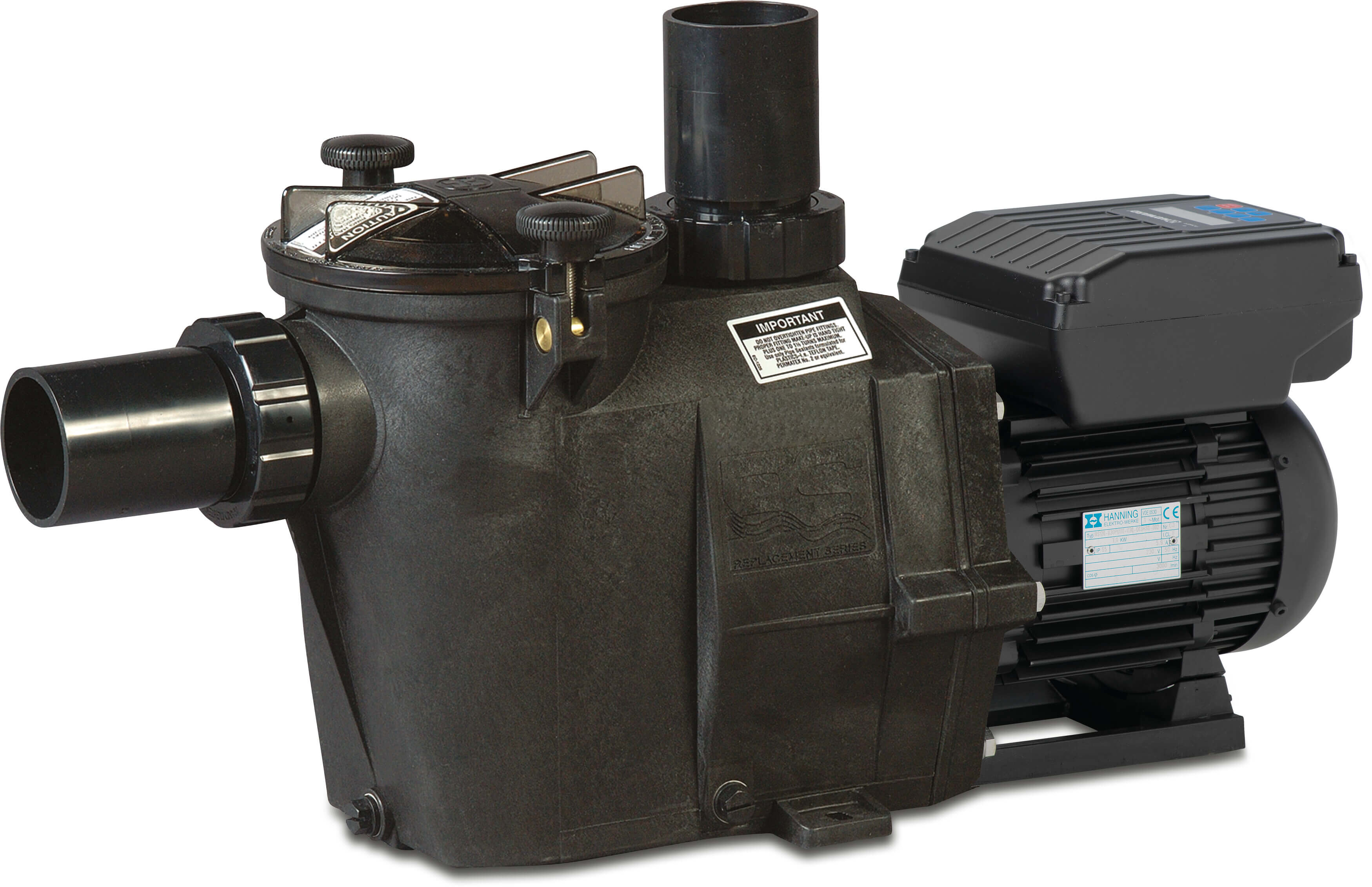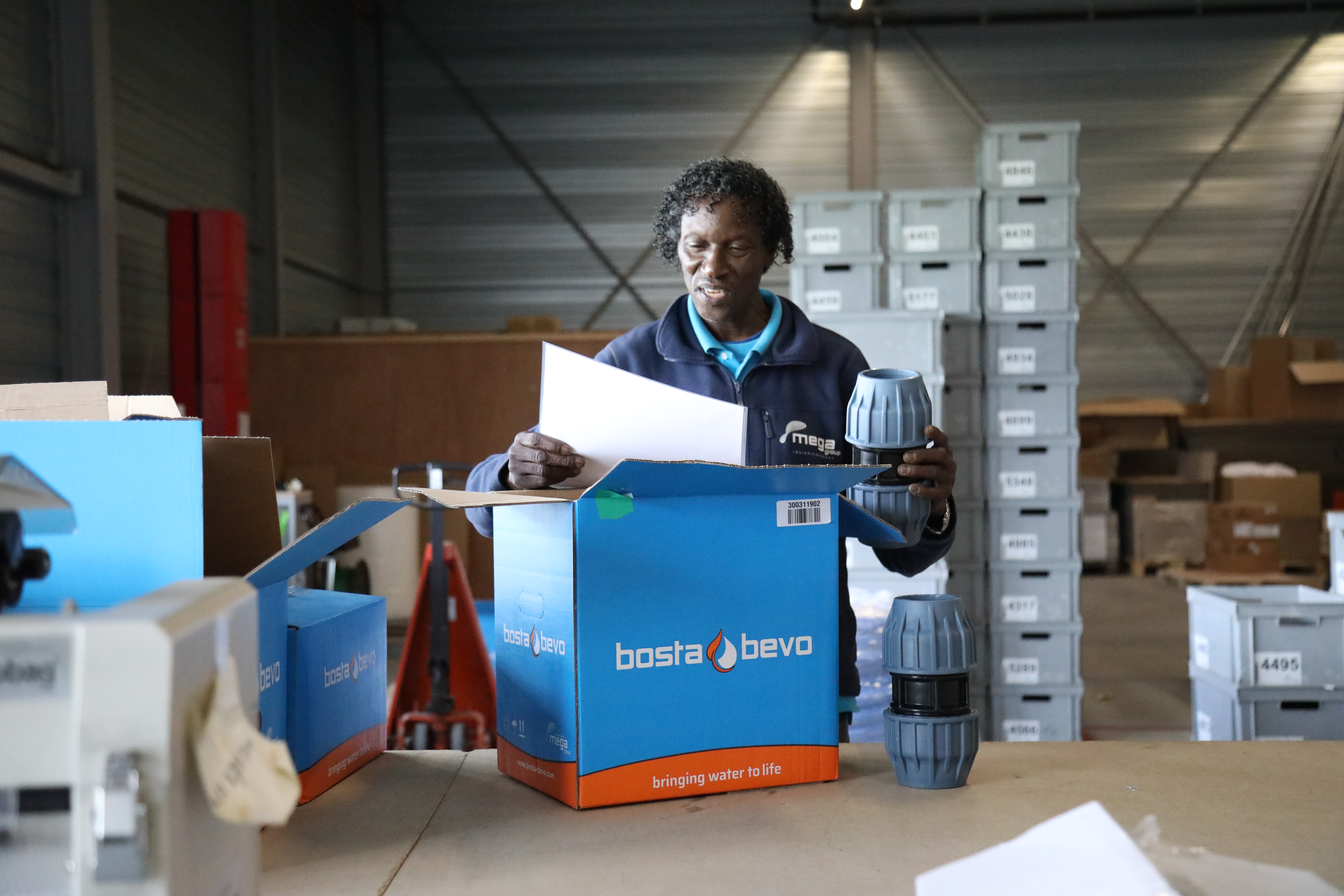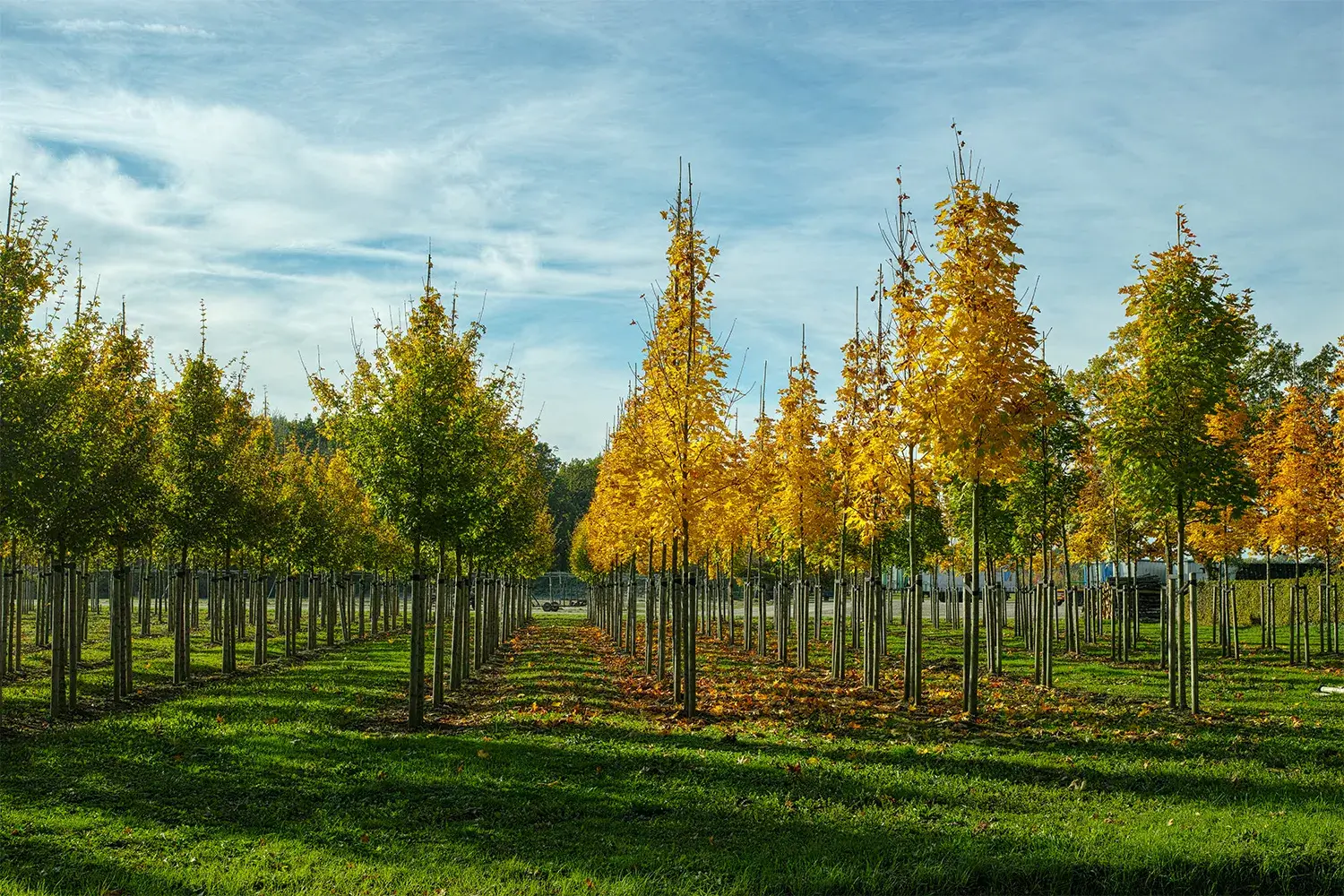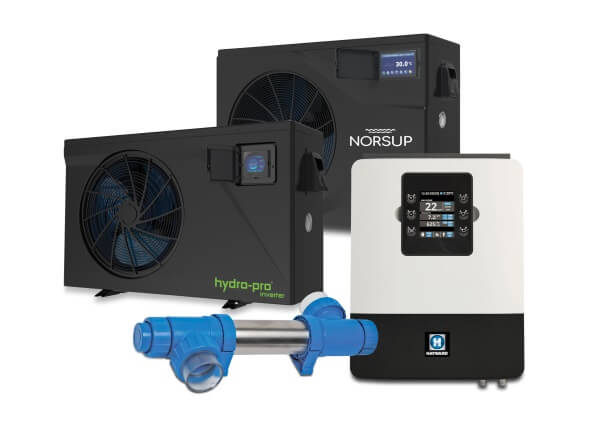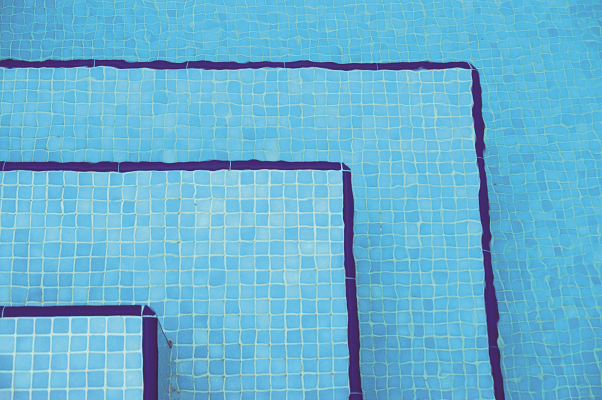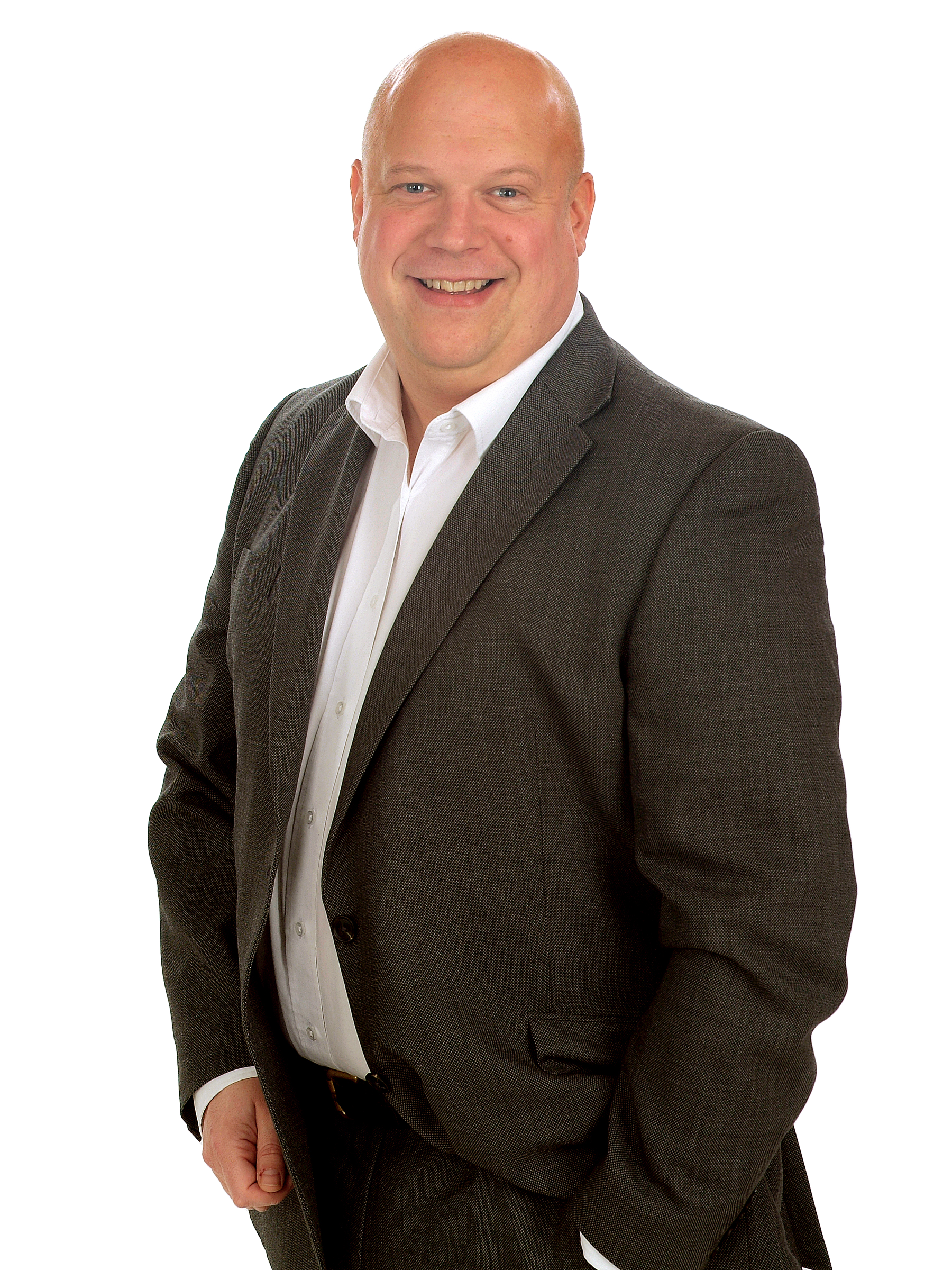Din partner i alle udfordrende vandprojekter
Som din partner arbejder Bevo sammen med dig i alle faser af processen. Fra det første tilbud til projektdesign. Fra indkøb til levering af alle materialer. Og fra installation til test af systemet. Bosta står fast ved din side, og det gør vi fra det øjeblik, hvor din første forespørgsel bliver besvaret.
Sådan kan vi hjælpe dig
- CAD design production
- Specification and sourcing of components
- Delivery from our European distribution centre to your site
- Installation and testing
- Full project management
Projektdesign
Ethvert projekt skal først have et design. Hvis du henvender dig til os for vandløsning, beder vi dig om alle de nødvendige oplysninger.
Indkøb af kompeneter
Med vores 75 års erfaring inden for vandteknologi og et globalt netværk er alle de komponenter, der er nødvendige for hvert enkelt projekt, inden for rækkevidde.
Global mission
I løbet af 75 år har vores mission udviklet sig til en global virkelighed. Vi bringer vand til live. I belgiske planteskoler, i afrikanske landsbyer og endda i dit verdens hjørne.
Sustainable energy saving packages for your pool
For your convenience, we can put together the perfect sustainable and energy-saving package to improve your pool. We are here to advise you.
Get informed on our energy saving package
Or order now, and add these products to your basket:
Make your pool look brand new with our liners
Is your pool already energy-efficient and sustainable? Then perhaps it could do with a fresh new look. Have a look at our range of liners in different colours and patterns.
Frequently Asked Questions
How much energy can I save when I switch from a single speed pump to a variable speed pump?
|
Speed(RPM) |
Flow(l/min) |
Power(W) |
|
3450 |
250 |
2000 |
|
3000 |
208 |
1157 |
|
2400 |
167 |
593 |
|
1800 |
125 |
250 |
|
1200 |
83 |
74 |
|
600 |
42 |
9 |
How do you replace a chlorine dosing system with a low salt system?
Integrating solar panels with the heat pump
How much water can I save if you switch from a sand filter to a cartridge filter ?
How much energy can I save when I switch from an on/off heat pump to an inverter heat pump?
How much can I save by replacing halogen bulbs with LED bulbs?
Frequently Asked Questions
|
Speed(RPM) |
Flow(l/min) |
Power(W) |
|
3450 |
250 |
2000 |
|
3000 |
208 |
1157 |
|
2400 |
167 |
593 |
|
1800 |
125 |
250 |
|
1200 |
83 |
74 |
|
600 |
42 |
9 |

